Introduction

If you are a regular reader you know I only rarely review APS-C lenses – I only use fullframe cameras and therefore have no personal use for APS-C lenses – but Viltrox played it smart by just sending this 75mm 1.2 AF to me without asking first. I guess they were hoping a fullframe equivalent of 113mm f/1.8 coupled with the raving reviews from the Fuji-X users would be enough to convince me to have a closer look at this lens. As you are reading this now, it seems their plan came together.
Update: lens is available to order from the manufacturer’s shop (use the code PRnet for 8% discount) | ebay.com (affiliate links) now
Sample Images






Most of the sample images in this review can be found in full resolution here.
Contents
Specifications
The Viltrox 75mm 1.2 AF E has the following specifications:
-
- Diameter: 87 mm
- Field of view: 21.4° (diagonally)
- Length: 101 mm
- Weight: 674g (without hood and caps)
- Filter Diameter: 77 mm
- Number of Aperture Blades: 11 (rounded)
- Elements/Groups: 16/11


- Close Focusing Distance: 0.88 m
- Maximum Magnification: 1:9.6 (measured)
- Mount: Sony E (APS-C)
The E-mount version is scheduled to be officially released on July 31st, 2023.
buy from manufacturer’s shop (use the code “PRnet” for 8% discount) | B&H | amazon.com | amazon.de | ebay.com | ebay.de (affiliate links) for $549
Disclosure
The Viltrox 75mm 1.2 AF E was kindly provided free of charge by Viltrox for reviewing purpose for a few weeks.
Handling/Build Quality
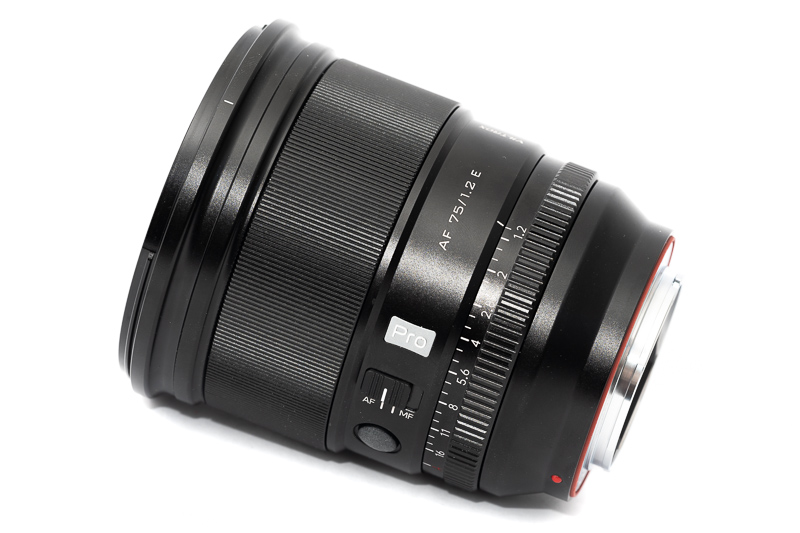
When released in mid 2023 this 75mm 1.2 AF was the first and only lens of Viltrox’ “Pro” line up. The build quality and materials are hardly distinguishable from the fullframe Viltrox 16mm 1.8 AF FE though, except for the absence of an LC display here.
The aperture ring has 1/3 of a stop click stops – which you can declick by using a lever on the right side of the lens.
You can also set the ring to “A”(utomatic) and let the camera choose the aperture value or to be able to use the camera dial to change the aperture value instead of using the aperture ring.
The focus ring has okay damping and a linear coupling. No matter how fast you turn the focus ring it always takes ~270° from the minimum focus distance (0.88 m) to infinity.
When you turn your camera off the lens will remember the last focus position and will still be there when you turn the camera on again.
The lens does feature a focus-by-wire system and not the best I have used, as when trying to set precise focus you may notice rather abrupt “steps”. I guess most people will mainly use this lens with eye-AF though, in which case this will go unnoticed.


On the left side of the lens there is the lens button and an AF/MF switch and on the right side a de-click lever for the aperture ring.

As was already the case for the Viltrox 16mm 1.8 AF FE there are also a rubber gasket and a USB-C socket for firmware updates to be found at the bayonet.
The outer casing seems to be made from a high quality polycarbonate and all markings on the lens barrel are engraved and filled with paint. The markings on the front retention ring seem to be only printed though.

The quality of the hood is inbetween those of the 16mm 1.8 and 28mm 1.8. It is made from slightly cheaper materials than the actual lens’ casing but it snaps firmly into place.

I have no comparable APS-C lenses to compare this lens to so I am showing it next to the Sony FE 85mm 1.4 GM as well as the Viltrox 28mm 1.8 AF for fullframe.
AF performance
I am not shooting sports or fast moving animals/humans so if you want to know if the lens is fast enough for this or how it compares to other lenses in this segment you may have to look for a different review with a more detailed assessment of this aspect.
In everyday use I found the AF to be very fast, perfectly usable and also silent..
Vignetting
Light Falloff

| f/1.2 | 2.2 EV |
| f/1.4 | 1.9 EV |
| f/2.0 | 1.1 EV |
| f/2.8 | 0.7 EV |
| f/4.0 | 0.4 EV |
| f/5.6 | 0.1 EV |
| f/8.0-f/16 | 0.0 EV |
About 2 EV at f/1.2 and no light fall off at all from f/5.6. A typical performance for a lens with these parameters. The 7Artisans 75mm 1.25 shows a bit higher vignetting figures, but it also has to cover the whole fullframe area.

It is recommended to have a look at this article first to get an idea how this brightness graph works.
I know there are always some of you wondering how much more than the APS-C area does this lens cover? Well, not that much:
Optical Vignetting
Fast lenses usually show a noticeable amount of optical vignetting. Without going too much into technical details optical vignetting leads to the truncation of light circles towards the borders of the frame.
In the center of the frame almost every lens will render a perfect circle, but only lenses with very low optical vignetting will keep this shape in the corners.
So in the following comparison we move from the center (left) to the APS-C corner (right) and see how the shape of the light circle changes.
The lens was set to ~2.0 m focus distance, results may vary at other distances.
The amount of optical vignetting is high and the shape of the out of focus highlights also deteoriates noticeably towards the borders and corners, leading to the typical cat’s eyes shape. Considering the specifications of this lens this doesn’t really come as a surprise.
Viltrox doesn’t claim any aspherical elements and there are also no onion rings visible.
The mostly vertical lines running through the circles are due to the glass I used as a mirror to take these pictures and are not a feature of the lens.
Sharpness
Focus Shift
With some lenses the point of optimal focus shifts on stopping down and this Viltrox 75mm 1.2 AF E is one of those lenses. On Sony cameras this is irrelevant though, because the cameras generally focus with the lenses stopped down to the desired value.
infinity (18mp Sony A7rII in crop mode)


This will not take much time: the Viltrox 75mm 1.2 shows an impeccable performance here. Already at f/1.2 the performance is so good, stopping down really only extends the depth of field. I have no idea what more we could wish for.
portrait distance (3.3 m)

I refocused for every shot and aperture to get the best possible result at different locations in the frame (center, inner midframe and outer midframe).
The circle of the dollar bill is more or less the size of a human eye.
f/1.2 <—> f/2.0
The trend continues at portrait distances, also here great from f/1.2.
close (0.88 m, 1:9.6)
Only at the minimum focus distance stopping down actually has a notable influence on the image quality, as here the lens shows sharper results at f/2.0.
When using f/1.2 in the field I haven’t been disappointed either though.
Flare resistance

As always evaluating flare is a complex matter since you can get any lens to look bad if you push it hard enough and a slight change of scenario can affect results a lot.
That being said: tele lenses usually struggle in this category and very fast lenses do, too. And this is a very fast tele lens.
At maximum aperture you can encounter some ring flares and also ghosts. In backlit portraits some of you may actually like this kind of ghosts, as they mainly brighten one part of the frame without being overly distracting:
Stopped down, depending on the position of a strong light source in the frame, we can encounter way more obvious and obtrusive artefacts though. Most prominent are some green ghosts that may even span across the whole frame:
At f/1.2 we see a red ring flare as well as some internal reflections. The internal reflections are gone by f/1.4, to get rid of the ring flare as well it takes stopping down to f/1.7:
In the field in backlit scenarios it is rather common to encounter some artefacts, like in this picture:
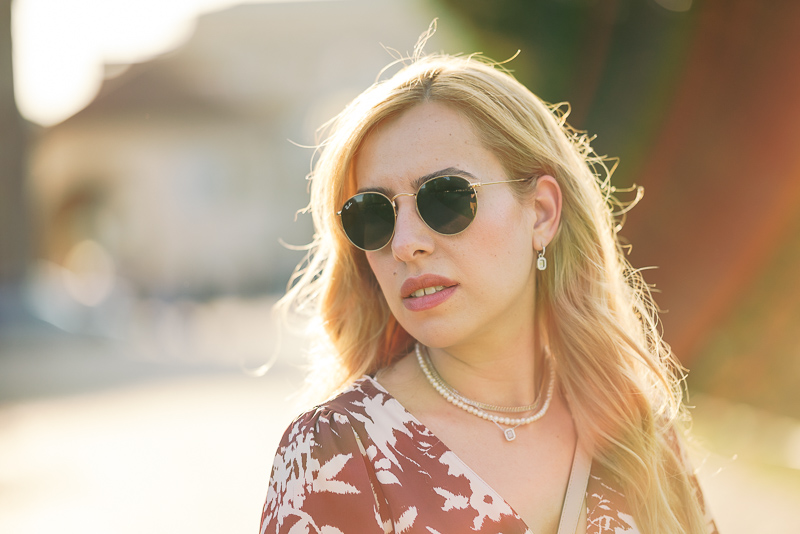
Not a terrible performance and I know some people also like to make use of these artefacts in portrait pictures, but it isn’t a great performance either.
I didn’t find the big hood to make a real difference. Most of the pictures in this section have been taken with the hood attached.

Coma
A low amount of Coma is visible at f/1.2 and f/1.4, but this is not something with the potential to ruin your shots. A good performance.
Distortion

The Viltrox 75mm 1.2 AF shows no visible distortion in the field.
Bokeh

This category is what you are here for, isn’t it? A maximum aperture of f/1.2 always sounds nice and a focal length of 75mm means we have an entrance pupil size of 62.5mm, which is even slightly bigger than that of the typical 85mm f/1.4 fullframe lenses.
So quantity we have definitely covered, but what about the bokeh quality? Let’s have a closer look at different scenarios.


A minimum focus distance of 0.88 m allows for nice close up shots and unsurprisingly the bokeh is butterly smooth here.




At mid distances the high sharpness and contrast at f/1.2 really help with the subject separation, as there is a very abrupt difference between in-focus and out-of-focus.
Highlights already take on a cat’s eye shape in the midframe though, so with the right background (e.g. forest) this lens will create some swirly bokeh.



The nice thing about lenses with these parameters is, that also for full body portraits (or bigger objects) you can also easily throw the background out of focus.
I like what I am seeing here, but this is of course subjective, so have a look at the sample images and decide for yourself if this lens creates a look you would like for your pictures.
Sunstars
This Viltrox 75mm 1.2 makes use of 11 rounded aperture blades and I can only call the sunstars these create as fuzzy and not very nice to look at.
But this is a portrait lens and I am happy they went for a high number of rounded blades instead of doing something stupid that would negatively impact the bokeh as we have seen from e.g. the Zhong Yi 50mm 0.95 III (10 straight blades) or the Laowa 85mm 5.6 2:1 macro (7 straight blades).
If you want to know more about sunstars have a look at this article.
Chromatic aberration
lateral
Lateral CA are perfectly corrected, I cannot show you any here.
longitudinal
Also the way more bothersome longitudinal CA are really well corrected. I took pictures of a lot of shiny chrome and several water fountains in the sun but neither bokeh fringing nor purple fringing is an issue.
If you magnify the chain you can see a hint of green outlining in the background, but I don’t see anything here that has the potential to ruin your pictures.
Had they put an Apo tag on this lens, I would have not complained.


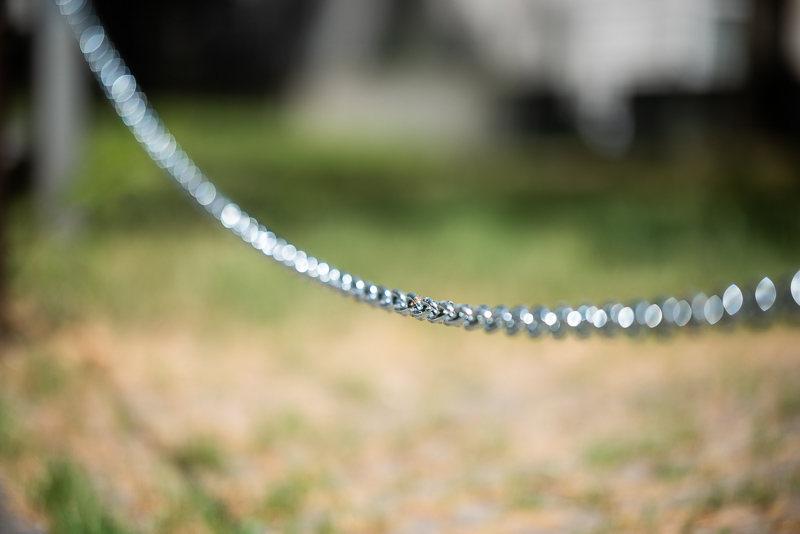

Conclusion
good
|
average
|
not good
|
Dedicated portrait tele lenses designed solely for the APS-C frame are rare, by which I mean this Viltrox 75mm 1.2 doesn’t have a real competitor in the APS-C world. Fuji “only” has a 56mm f/1.2 and a 90mm 2.0 for their X-mount, whereas Sony, Canon, Nikon and Sigma didn’t really bother to produce a similar lens like this at all. They would probably point at their fullframe lenses, but if they are comparable to this Viltrox lens they are far from being as affordable.
Therefore In the past, whenever someone asked me for an affordable longer portrait lens for their APS-C E-mount or Fuji-X camera, I usually recommended the Viltrox 85mm 1.8 Mk II. But from now on that recommendation will be changed in favour of this Viltrox 75mm 1.2 AF.
We don’t need a longer conclusion here: the image quality is outstanding, bokeh is nice, the build quality and controls hardly leave something to be desired and even the price is fair. What is not to like here?
The E-mount version is scheduled to be officially released on July 31st, 2023.
buy from manufacturer’s shop (use the code “PRnet” for 8% discount) | B&H | amazon.com | amazon.de | ebay.com | ebay.de (affiliate links) for $549
Alternatives
There are no real APS-C alternatives to this lens available, so you kinda have to resort to fullframe lenses, which are covered in our 85-135mm guide.
Sample Images











Most of the sample images in this review can be found in full resolution here.
Further Reading
- All Lens Reviews
- Lens aberrations explained
- Technical Knowledge
- Laowa 33mm 0.95 Argus CF APS-C
- Follow us on Discord
Support Us
Did you find this article useful or just liked reading it? Treat us to a coffee!
![]()
![]()
![]() via Paypal
via Paypal
This site contains affiliate links. If you make a purchase using any of the links marked as affiliate links, I may receive a small commission at no additional cost to you. This helps support the creation of future content.
Latest posts by BastianK (see all)
- Review: Thypoch Simera 28mm 1.4 - April 28, 2024
- Review: Voigtländer 55mm 1.2 SL IIs Nokton – The last F-mount lens? - April 25, 2024
- Review: Nikon Nikkor 105mm 2.5 Ai – The Portrait Tele Bestseller - April 21, 2024

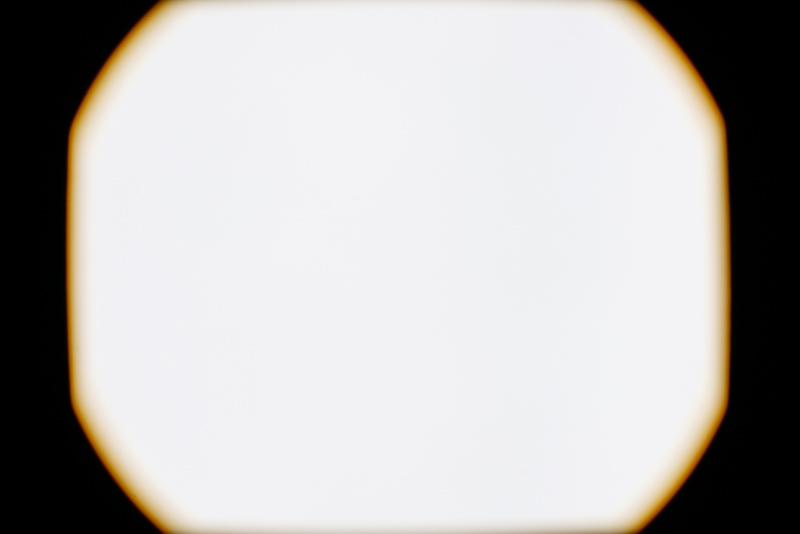





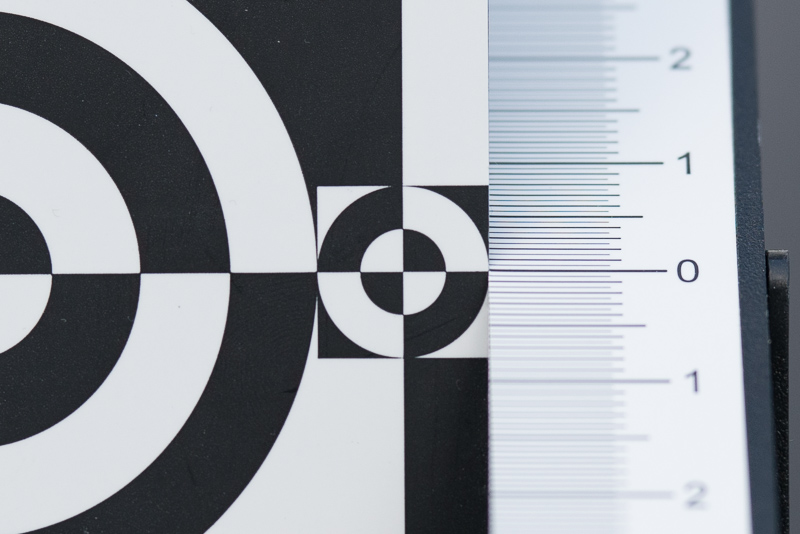
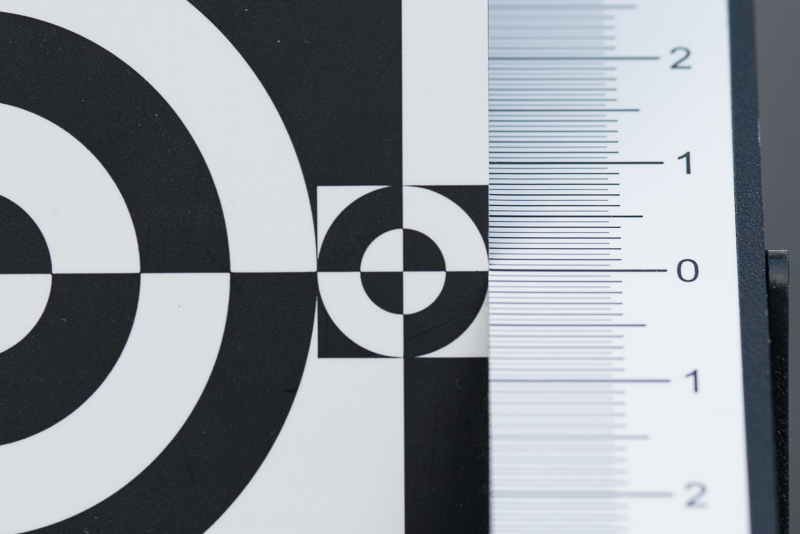















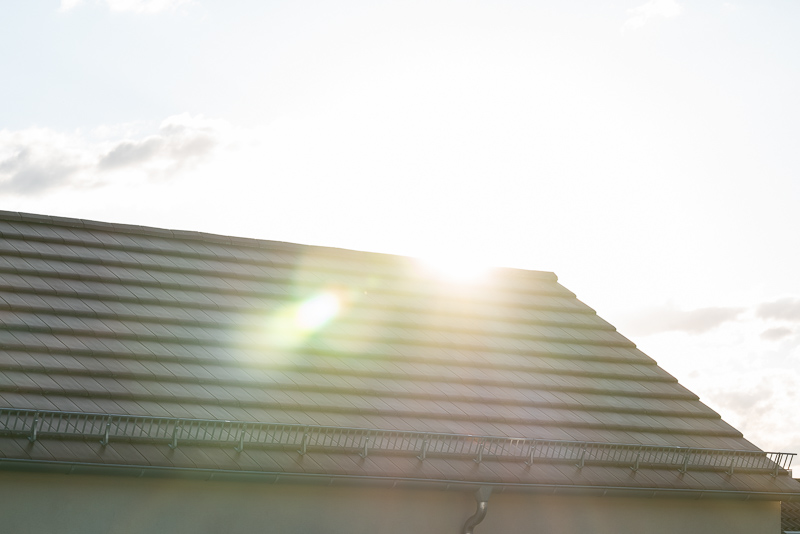

















Finally APS-C lens that’s made the right way, being substantially smaller/lighter/cheaper than FF equivalents, while still delivering great image quality. That’s pretty rare thing these days. Granted, there is no direct FF equivalent, the closest thing would be something like Samyang 135mm f1.8, but even that one is almost double the price.
The Samyang 135/1.8 has been on sale a lot for anywhere from $500-700, at least in the US… The Viltrox is still an inch shorter and like 100g lighter tho, so I do agree it leverages APS-C and/or the in between FL pretty well.
cheaper yes. But it’s not exactly substantially smaller or lighter. Rather it is substantially larger and heavier than comparable options for apsc and is akin to sticking a full frame lens on a cropped body. AKA what’s the point? Mounting this on a compact apsc just gives you aching wrists – may as well go for a bigger FF body and at least have a well balanced package. Only really with the bigger Fuji x-h2 does a lens like this start to make sense – but then that camera is bigger than some FF bodies itself!
What are the comparable APS-C lenses? I am not aware of any…
Hmm, why would your wrists ache, don’t you use both hands to shoot?
You do realize that this is going to give you F1.2 exposure and and equivalent of of 115mm with F1.8 DOF on a full frame, at just 600 grams, right?
Either you got a better copy than I did when I tested in on Fuji, or it performs better on Sony. My eval copy wasn’t anywhere near that strong in the corners. Great lens, though. I’m not convinced I need it for the FX30 (or the coming a6700) but it’s tempting.
hard to believe it’s possible to get a lens with such outstanding performance at that price point.
Yeah, there is a lot of big diameter special glass in it…
Super Review, kann die Ergebnisse nur bestätigen da ich die Linse besitze. Ich freue mich schon auf das nächste Viltrox-Review… vielleicht wird es ja das 27mm 1.2 welches Mitte August erscheinen soll, wobei Sony E noch nicht auf der Roadmap zu finden ist… 😉
One of the readers (looking at you, Joel) said he already contacted Viltrox to send me that one as well 🙂
Now Voigtlander just needs to make this lens but MF and for FF
I would be happy with a 105mm f2,8 APO from Voigtlander 😁
Given Voigtlander already offers 90/2.8 APO-Scopar and 110/2.5 APO-Lanthar I don’t think they will release a 105 mm lens soon.
Sigma did make the 56/1.4 for APS-C, not f1.2 mind you and not quite as nice as this Viltrox but they *have* made a dedicated portrait lens or two for APS-C (there’s their older/discontinued 60/2.8 and I hear they designed the very nice 75/1.8 for Olympus). TBH if I didn’t already have a FF 45mm (and 75mm) *and* I was shooting APS-C I’d probably wanna own both, the 56/1.4 and the 75/1.2.
E mount folks getting a deal out of this lens with the additional click/de-click and customizable buttons, whereas the Fuji X mount have none of that. Overall, I think this lens is a real bargain. Thanks for the usual awesome review.
Thank you for this review. Long time been looking for a 100mm lens with f2 performance to keep the weight down. Possibly Viltrox is the right candidate.
If we were to compare Voigitländ75mm/f1.5 in crop mode. The lens is significantly lighter and vignetting in crop mode should be less. But how do bokeh and sharpness compare to Viltrox?
Or why not Voigtländer 110mm/f2, same size and weight?
Lenses that I can compare
* Vogitländ75mm/f1.5. Nice but wrong focal lenght in FF mode.
* Canon FD (new) 100mm/f2.8. I don’t like it.
* Olympus OM 90mm/f2.0 Macro.Almost right for me (weight and length with adapter is desired to be less).
* Nikkor AIS 135mm/f2.8. Like bokeh but wrong focal length
CV APO-Lanthar 110mm macro may be the same size but AFAIK it’s f2.5 rather than f2, so there’s nearly a 1 stop difference by equivalence vs the 75/1.2, and it’s still 100g heavier than the Viltrox… And manual focus obviously. The Viltrox seems fairly unique for people that like this FL and/or want AF…
Would have been nice to get a visual of the actual coverage with the camera forced in FF mode.
From the VERY few examples I have seen on the web, fast Chinese APSC objectives seem to behave in different ways. Some vignette monumentally on a 24x36mm sensor, others project the completely black area rather close to the borders of the picture.
See Vignetting section.